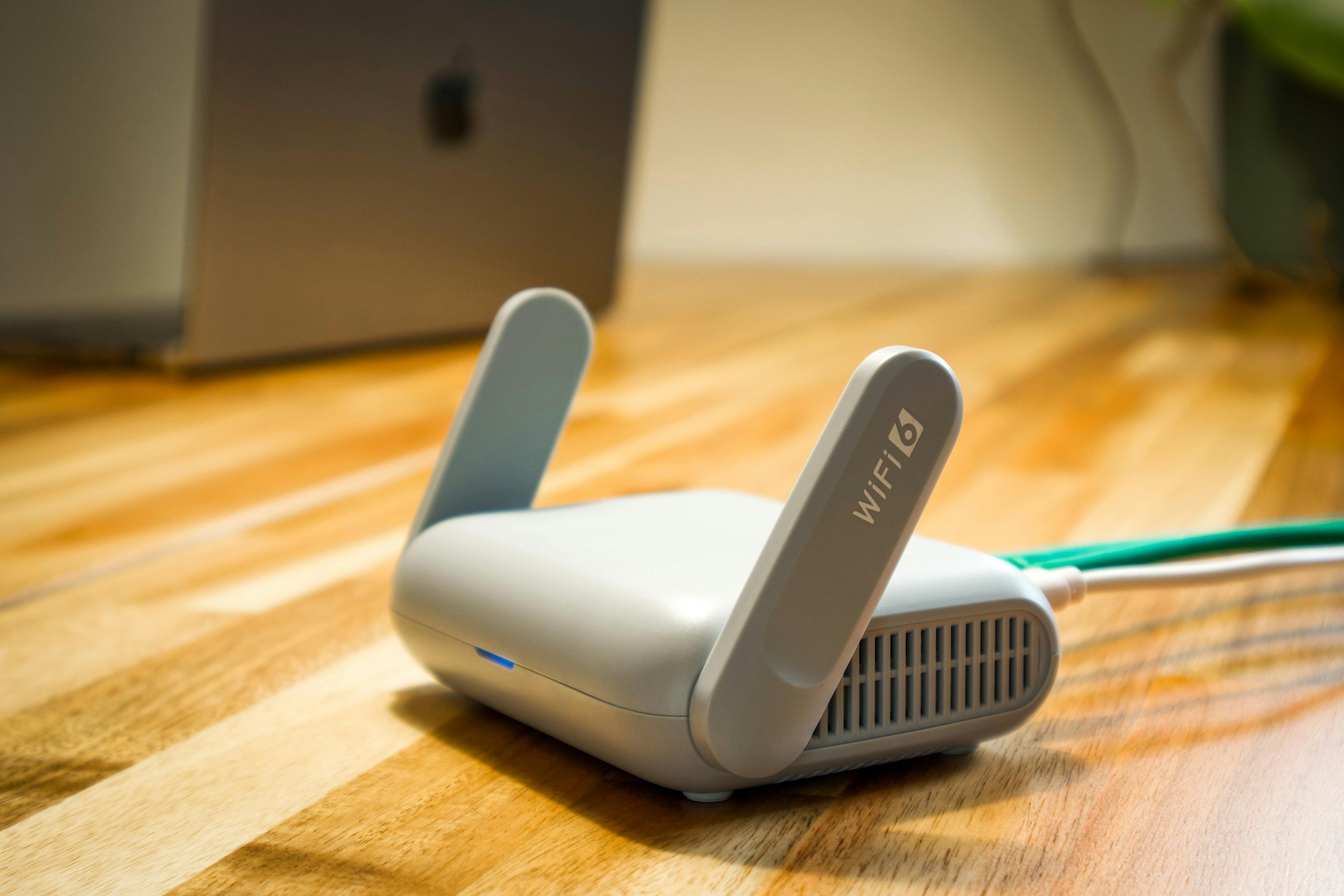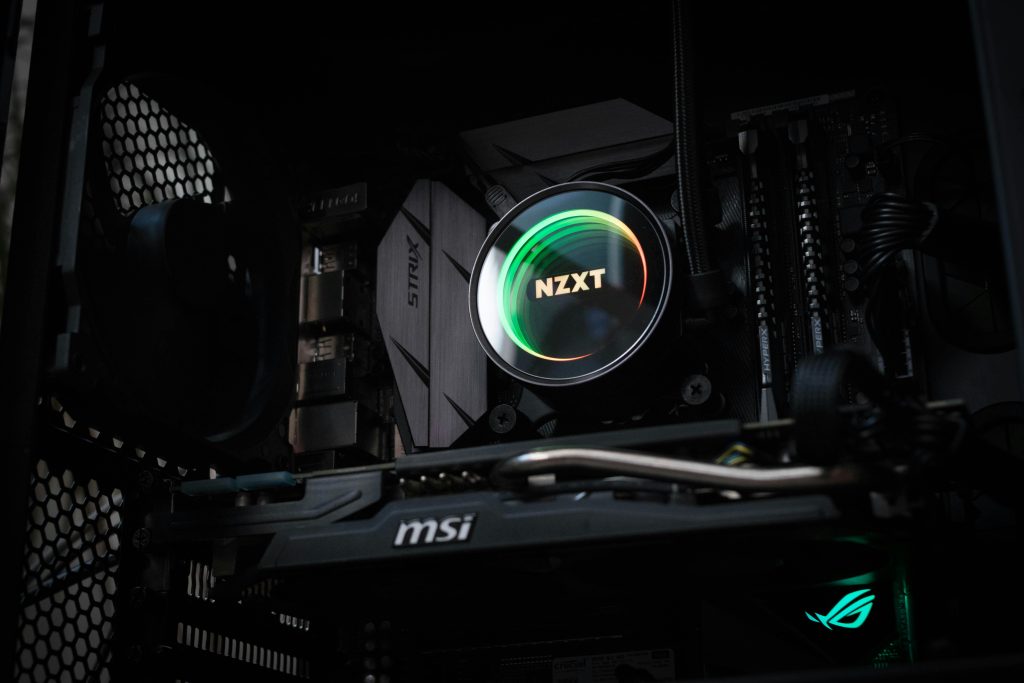Troubleshooting Internet Connectivity Issues When Using a Wi-Fi Booster via Ethernet
In modern computing setups, reliable internet access is essential, yet configuring connectivity solutions can sometimes present unexpected challenges. This guide addresses a specific scenario: a desktop PC that loses internet access despite being connected through a Wi-Fi booster via Ethernet, even after initial successful connection.
Understanding the Hardware Context
The system in question utilizes an MSI PRO B650M-P motherboard, which notably lacks integrated Wi-Fi. To connect to the internet wirelessly, the setup involves an external Wi-Fi booster with an Ethernet port. Due to physical constraints, installing a dedicated Wi-Fi PCIe card was not feasible because of limited available slots and headers caused by the case and GPU.
Initial Setup and Success
The user configured the Wi-Fi booster with Ethernet connectivity to the main router located on the other side of the house. Initially, the connection was seamless: the PC recognized the Ethernet link, and internet access was functioning correctly. This setup provided a straightforward solution to extend Wi-Fi coverage without additional internal hardware.
Emergence of Connectivity Issues
After rebooting the PC approximately four hours later, the user noticed a problem: the Ethernet connection was detected, but the PC could not access the internet. Windows displayed an error related to ‘proxy settings,’ despite the Ethernet connection appearing active.
Troubleshooting Steps Attempted
In response to the issue, the user undertook numerous troubleshooting steps, including:
- Updating network drivers to ensure compatibility
- Resetting the Wi-Fi booster to restore default settings
- Power cycling the PC multiple times
- Verifying the booster’s functionality by testing on a mobile device, which confirmed internet access remained available through the booster
Despite these efforts, the problem persisted, indicating a complex connectivity issue.
Possible Causes and Solutions
Several factors could contribute to this problem:
-
Network Configuration Conflicts: The PC may have network settings that conflict with the booster acting as a network bridge or extender.
-
Proxy Settings: Incorrect or outdated proxy configurations within Windows might cause connection disruptions.
-
DHCP and IP Address Issues: The PC might not be correctly obtaining an IP address from the network, leading to limited connectivity.
-
Driver or Firmware Issues: Outdated network drivers or booster firmware could impair communication.
Recommended Troubleshooting Steps
To resolve the issue, consider the following steps:
- Verify Network Settings:
- Go to Windows Network & Internet settings.
Share this content:



